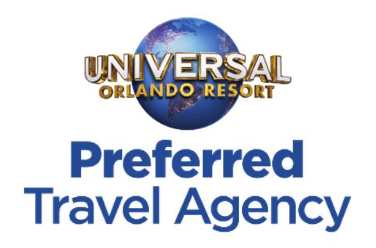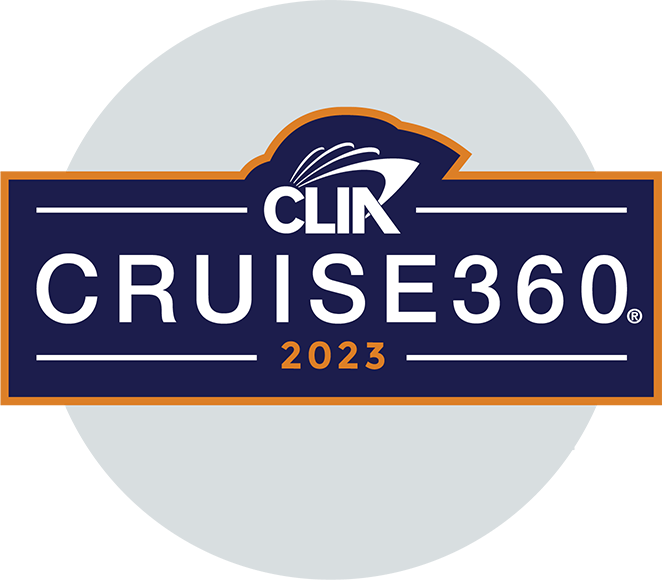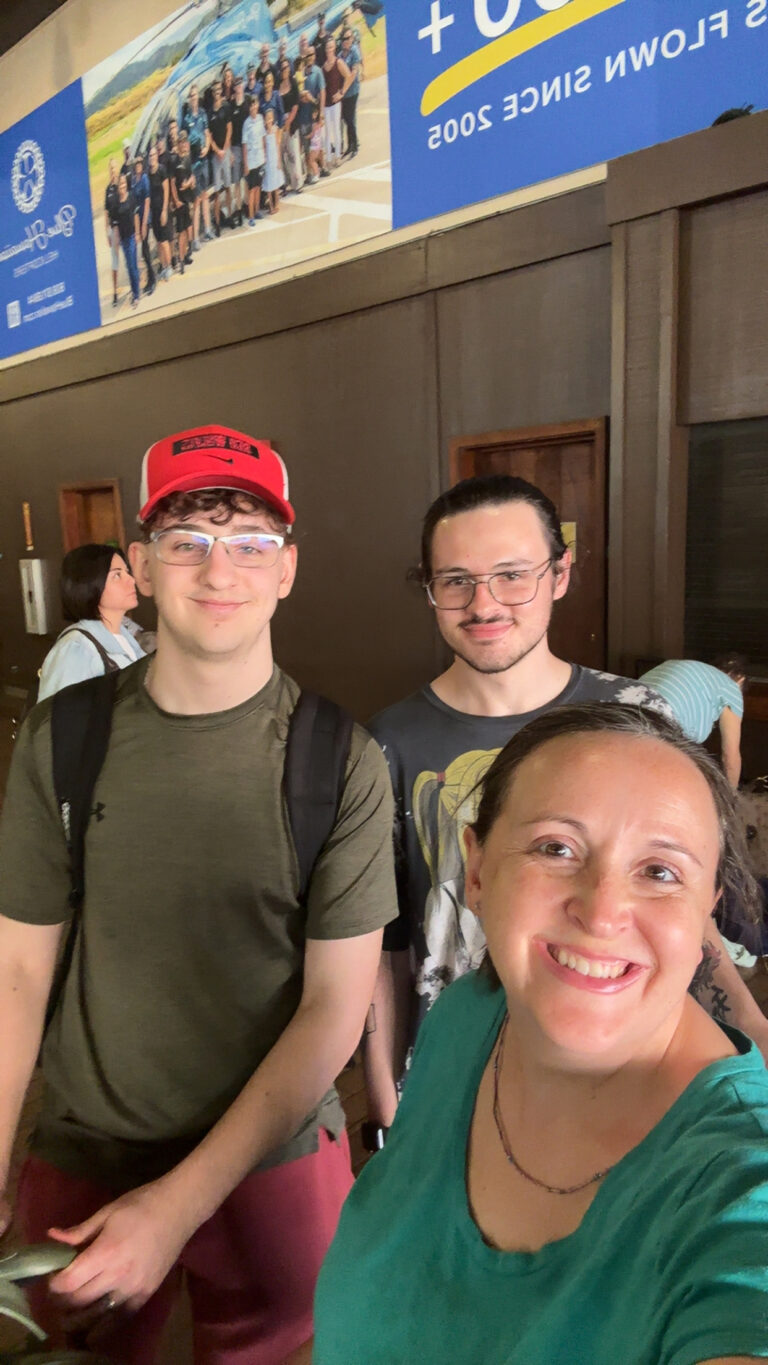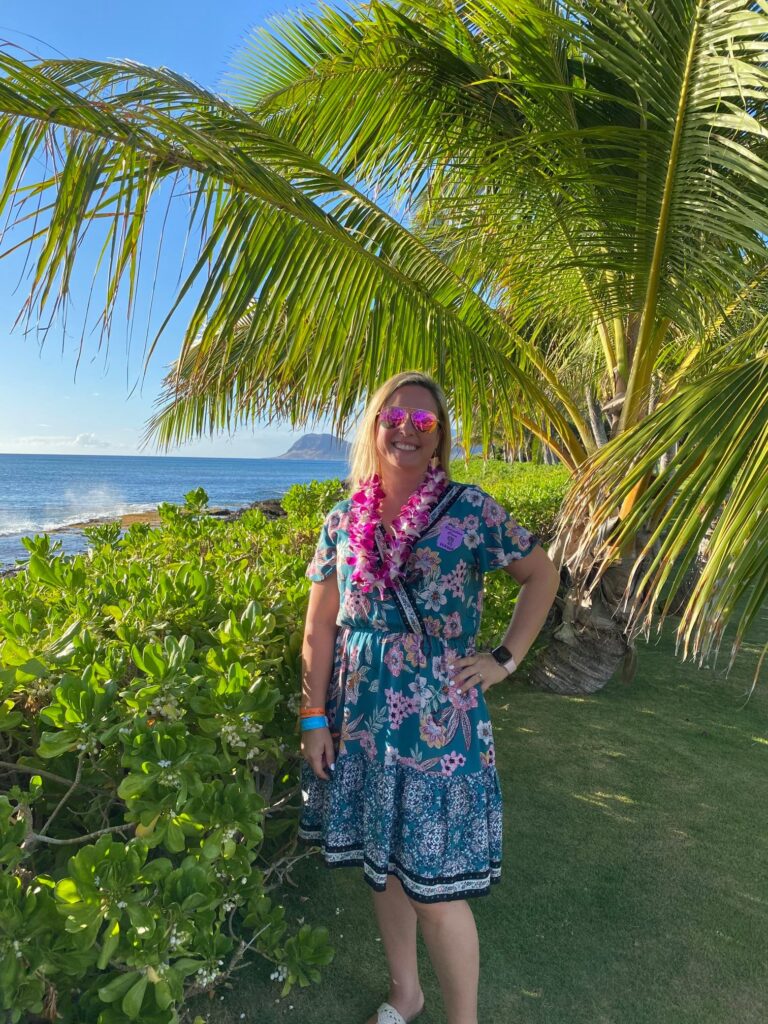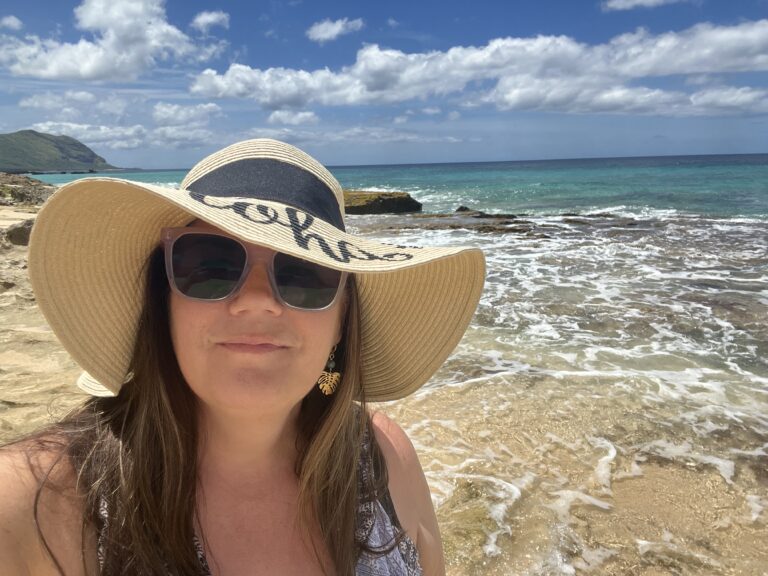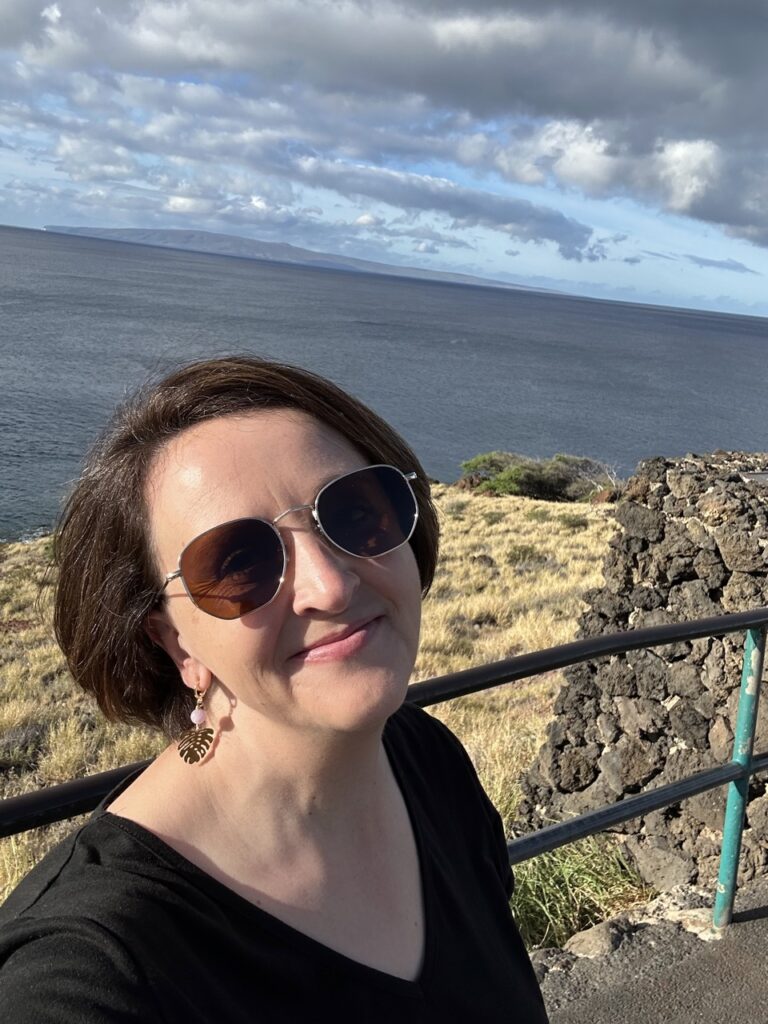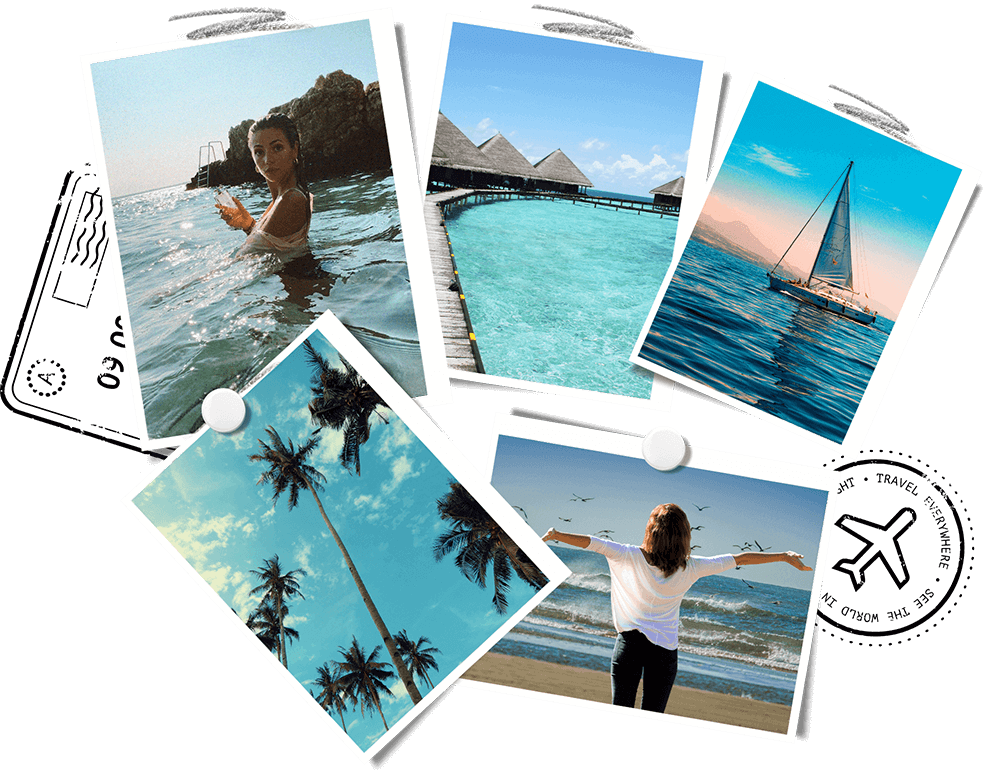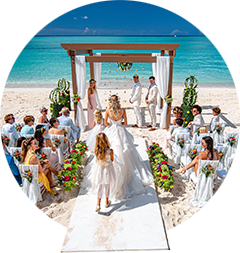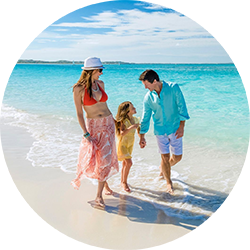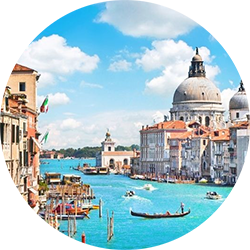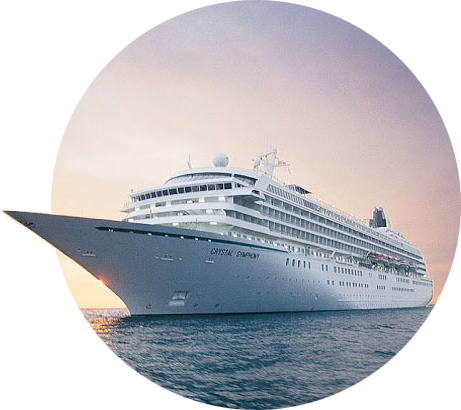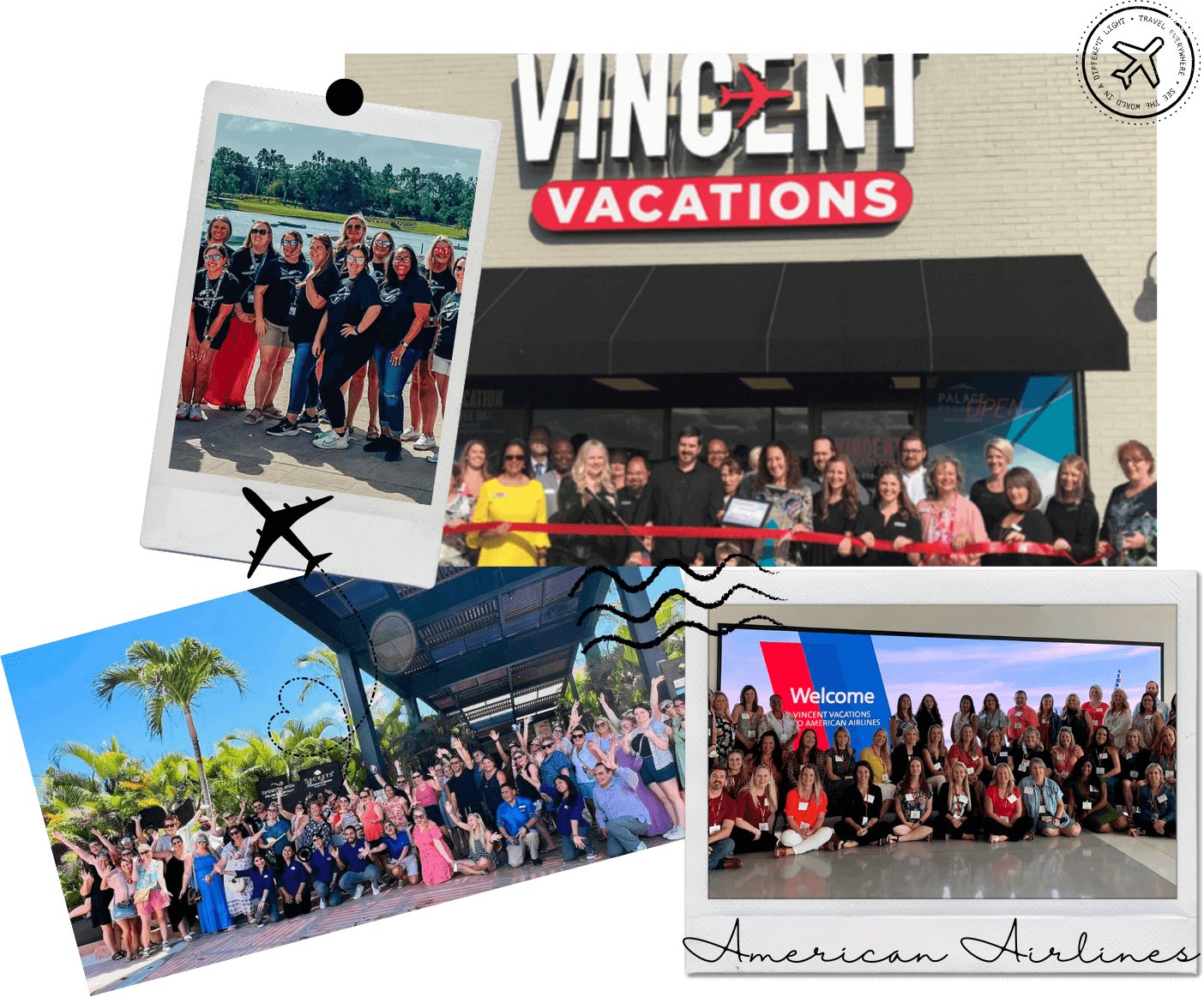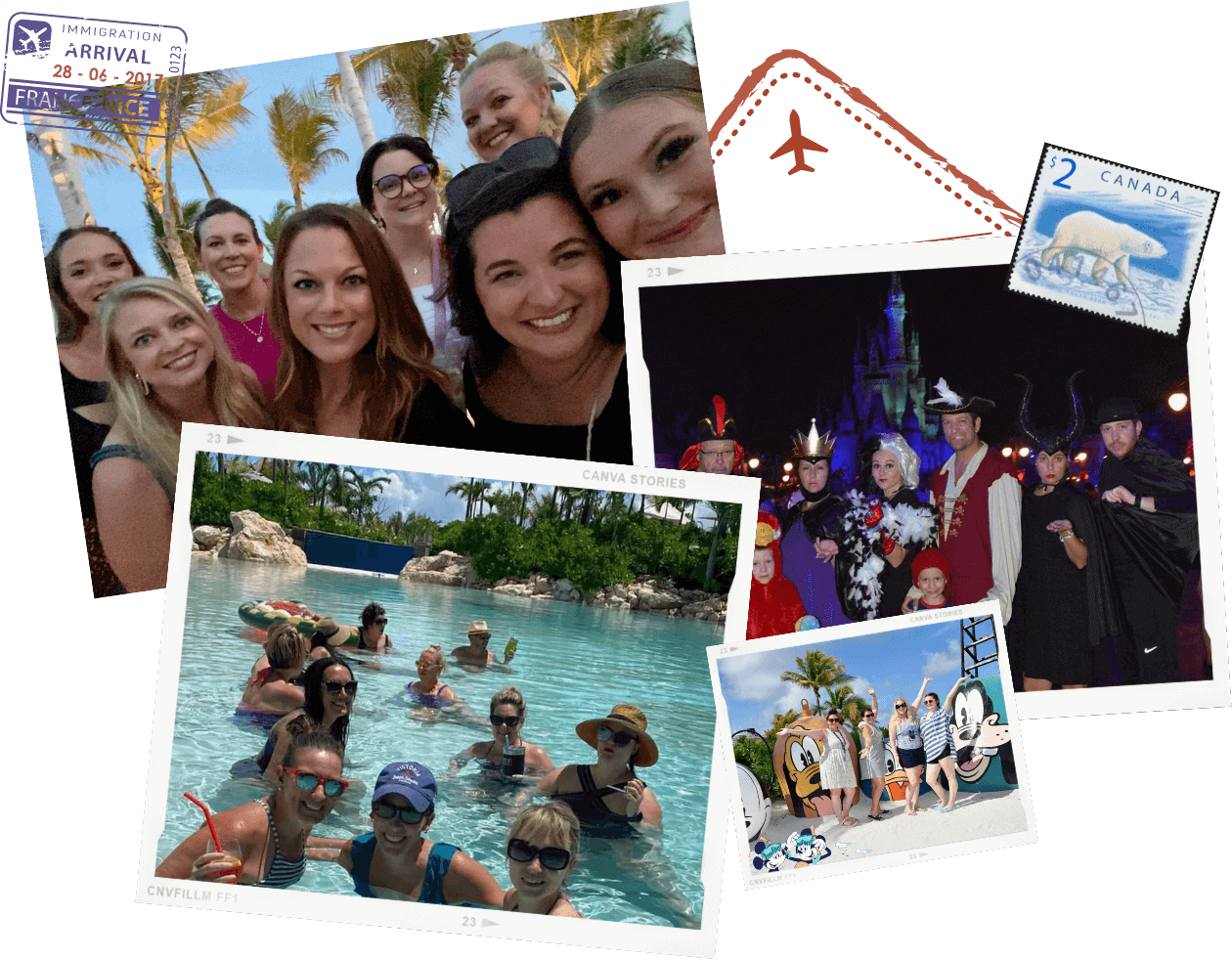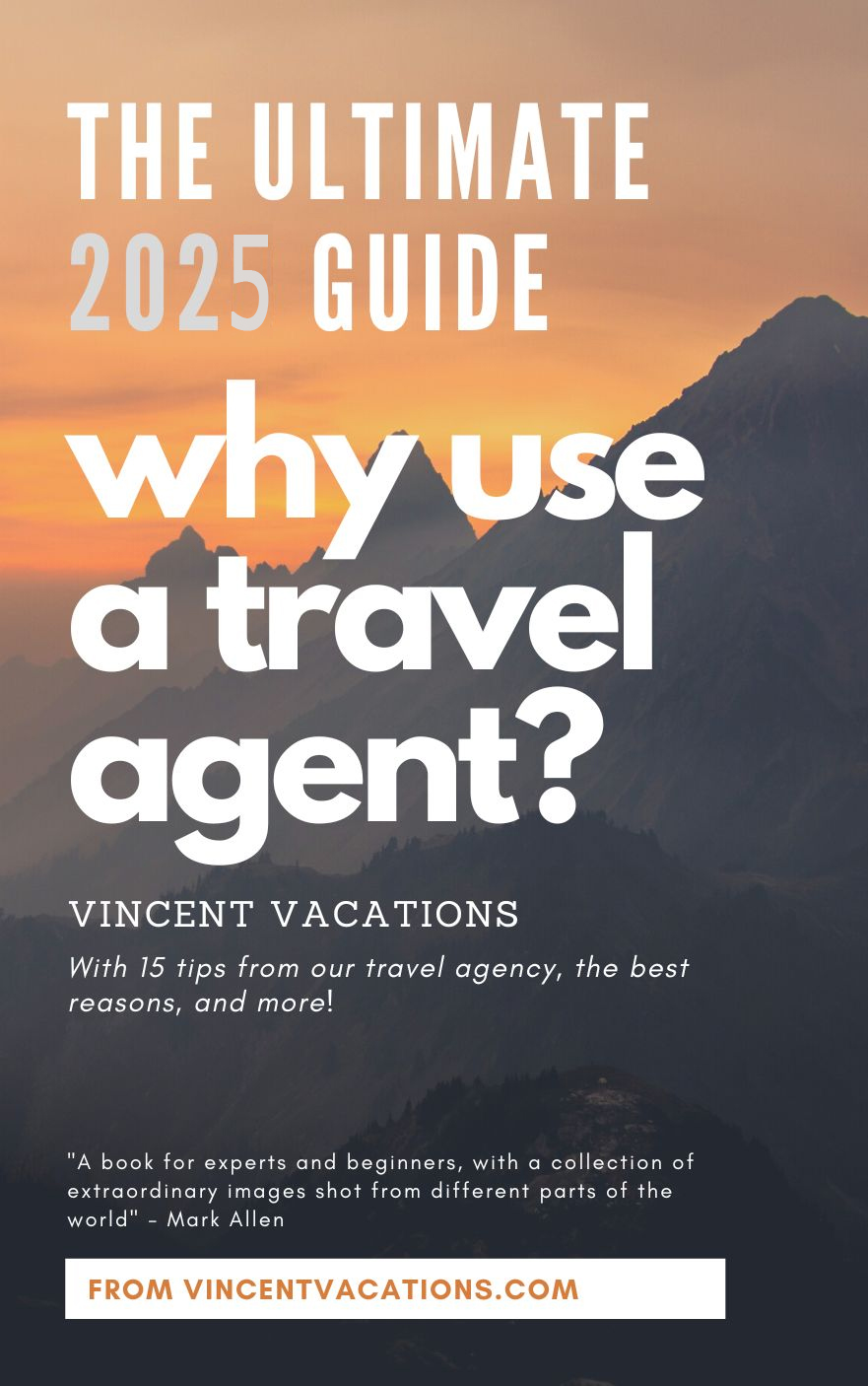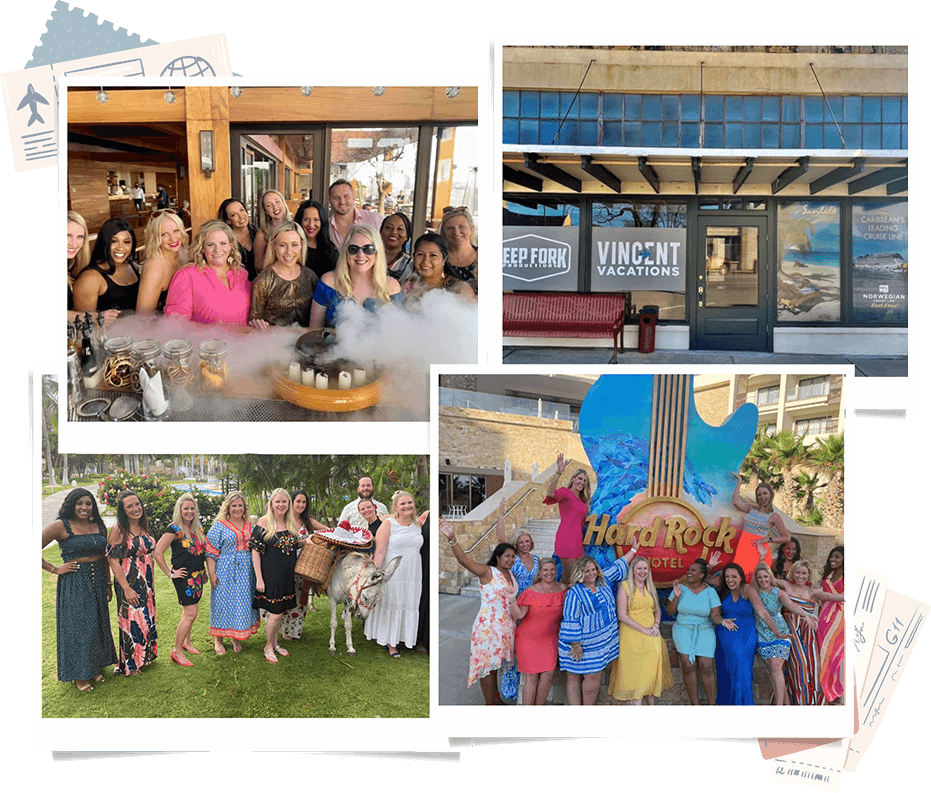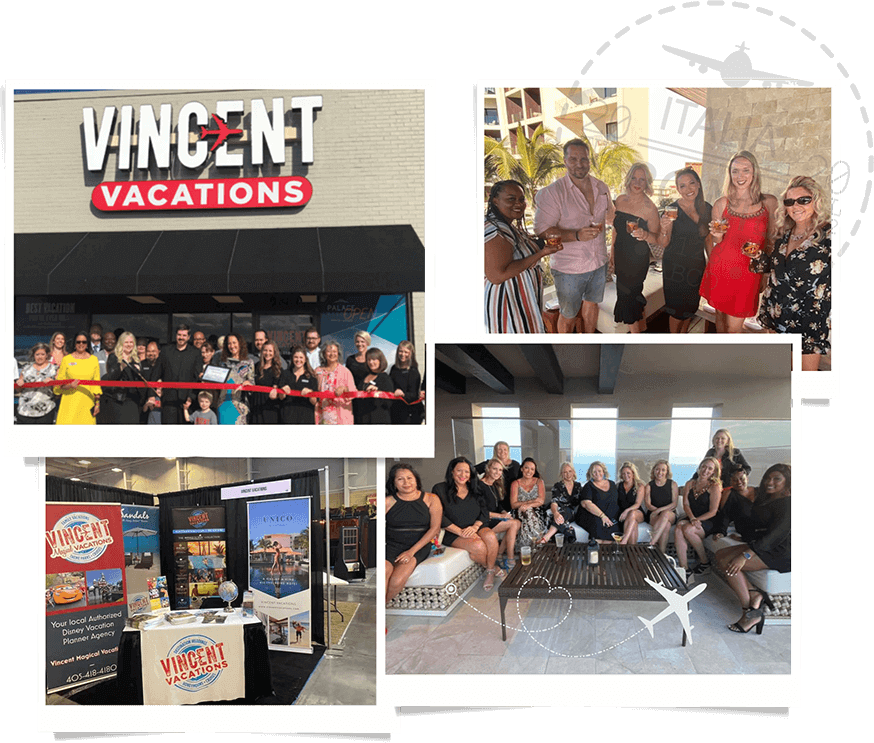
As islands go, Kauai is not especially large. But the ramparts of its northwest coastline are so huge and so magnificent that even seasoned visitors continue to be in awe of their scale and beauty.
Rivaling any coastline in the world for grandeur, Kauai’s Napali Coast is a rugged 17-mile stretch of isolated parklands formed by millions of years of wind and water erosion. The resulting landscape is made up of sheer 3,000-foot cliffs (napali means “the cliffs”), lush green valleys, free-flowing waterfalls and secret sea caves.
Believed to be one of the first areas of Kauai settled by ancient Hawaiians, the Napali Coast still bears traces of their existence. Within and along the fluted cliffs, early settlers found abundant sea life, fertile soil where they could cultivate taro, and fresh water from fast-flowing streams and waterfalls. In the deep valley bottoms, extensive stone walled terraces remain as evidence of their lives along these shores.
Rich in legends and myths and protected as Hawaii’s last true wilderness where no road or car will likely ever lead, the Napali Coast can only be seen by foot, air or sea. But, with those options, visitors to 6,i75-acre Napali Coast State Park experience some of the most memorable scenery on earth.
Take to the Trails
If you are one who loves cascading waterfalls, vibrant green hills tumbling into the ocean and a little physical challenge, hiking in Hawaii doesn’t get much more rewarding than the Kalalau Trail. Starting at Kee Beach, the path traverses along towering sea cliffs, past two pristine beaches and through five valleys before ending triumphantly with a knife-edge cliff at Kalalau Beach.
Recommended for experienced trail warriors, the lengthy hike requires an overnight camp at Kalalau Beach with a return the next day. For their legwork, hikers are rewarded with an abundance of native birds, plants and wildlife and absolutely non-stop views along the way. At the beach level, dolphins, turtles, monk seals, birds, and even the occasional whale can be seen close to shore.
While hiking the entire 22-mile roundtrip path will allow you well-deserved bragging rights, there are shorter options available. For a day hike with the same amazing views, start from the trailhead at Kee Beach and travel the first two miles to Hanakapiai Beach. If you’re up for it, continue two more miles—on a more difficult stretch of the trail—to Hanakapiai Falls, with spectacular vistas of the Napali Coast and Hanakapiai Beach.
Bird’s Eye View
With 90 percent of the island inaccessible by car and 70 percent inaccessible by foot, the best way to truly experience the most remote parts of the Garden Isle is by air. The Napali Coast by helicopter takes spellbound visitors over sacred Mount Waialeale—once home to the goddess Pele and, with 440 inches of rain a year, the wettest spot on earth—past waterfalls and rainbows, over emerald green valleys and along cliff-lined shores. Air tours take in Waimea Canyon, named by Mark Twain “the Grand Canyon of the Pacific,” and over 200-foot Manawaiopuna Falls. Exploring by air is a wonderful way to get a true “overview” of the island’s geography, and many helicopter companies offer a video of the journey as well, so you can savor your island memories again and again.
Napali at See Level
Experience the scale and drama of the Napali coast from the water. Visitors have many choices, including kayak, charter boat, power catamarans, zodiac, and sportfishing and sailing tours. We believe going in the morning offers the clearest views and the best opportunities to see marine life, yet sunset tours are also amazingly beautiful.
On your tour, you’ll visit sea caves and lava tubes along the coast, as well as see spinner dolphins, humpback whales (during winter), turtles, monk seals, bird life, and, of course, the lush valleys nestled between the cliffs. Most half-day boat tours include snorkeling in breathtakingly clear blue water, and some visit old Hawaiian fishing villages. Boat crews and local guides enrich the experience with tales of island history and nature.




